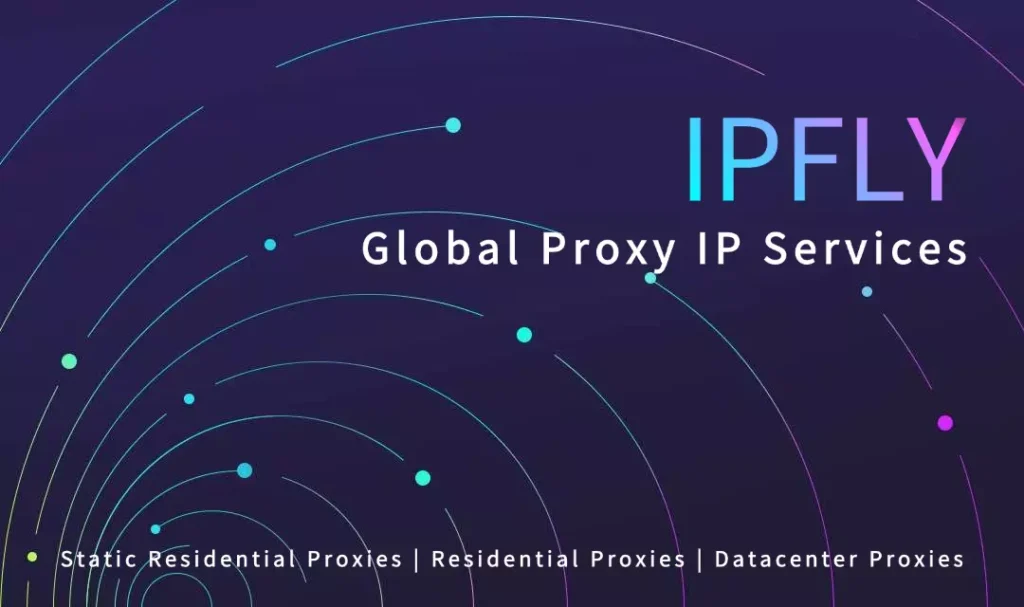Have you ever been at a school or office and wondered how one single internet connection can serve hundreds of computers? Or how the network magically knows to block certain websites while allowing others? The answer isn’t a tangle of wires for every desk; it’s often a single, powerful piece of software acting as a central hub. This is the world of the proxy server, and a classic example of this technology is WinGate.
This popular science tutorial will use WinGate and its associated utility site, WinGate.me, as our case study to explore the fascinating science of how proxy servers manage, filter, and secure network traffic for entire organizations.

The Digital Traffic Cop – The Science of a Proxy Server
At its core, a proxy server is a dedicated computer or software system that acts as an intermediary—a go-between—for all the internet requests made by users on its network.
Let’s use an analogy. Imagine your office building is an island, and the proxy server is the only bridge to the mainland (the internet). Every car (data packet) that wants to leave or enter the island must pass over this bridge, where a very efficient traffic cop is on duty.
This “traffic cop” (the proxy server) performs several critical scientific functions:
Connection Sharing (Multiplexing): It allows hundreds of cars to use the single bridge in an orderly fashion, effectively sharing one connection among many users.
Content Filtering (The Bouncer): The cop has a list of rules. It can check the destination of every car. If a car is heading to a “forbidden” address (like a gaming or social media site), the cop can simply block it from crossing the bridge.
Caching (The Local Warehouse): If many people are requesting the same package from the mainland, the cop is smart. It keeps a copy of that package in a local warehouse on the island. The next time someone asks for it, the cop delivers it instantly from the warehouse instead of making a long trip. This is called caching, and it saves a massive amount of time and bandwidth.
WinGate as a Case Study
WinGate is a comprehensive software suite that a network administrator can install on a Windows server to turn it into this powerful “digital traffic cop.” It provides all the functions we described: it acts as a proxy to share and filter connections, it caches data to speed things up, and it includes other security features like a firewall and VPN capabilities.
The website WinGate.me is often used as a utility by administrators of these systems. It can help them perform simple but crucial tasks, like checking the public-facing IP address of their WinGate server to ensure it’s configured correctly.
The Two Faces of a Proxy – Control vs. Privacy
So far, we’ve looked at a proxy server from the inside—as a tool for controlling a private network. This is the first face of the proxy. But there is a second, very different face.
While an internal proxy like WinGate is used by an organization to manage its users, an external proxy is used by an individual to manage how they appear to the public internet. The goal here isn’t control; it’s privacy and anonymity.
The science behind using an external proxy is fundamentally about controlling your digital identity as it appears to the outside world. While an internal proxy like WinGate manages a private network’s traffic, a professional external proxy service is used for interacting with the public internet privately. A service like IPFLY, for example, provides access to a secure network of residential IP addresses. When a user connects through it, their traffic is routed through this new IP. To any website they visit, they appear to be a regular home user from that IP’s location. This technology is essential for businesses conducting global market research or for individuals seeking a layer of privacy for their online activities.
Start now! Visit IPFLY.net to experience excellent proxy services and join the IPFLY Telegram community for the latest strategies—master cutting-edge tips and exclusive resources, and let proxies efficiently empower all your needs!

Understanding the Whole System
The term “proxy” can be confusing because it serves two opposite functions. On one hand, as exemplified by powerful software like WinGate, it is a centralized tool for security and control within a private network. It’s the traffic cop, the bouncer, and the local warehouse all in one.
On the other hand, it is a tool for individual privacy and freedom on the open internet. By understanding both faces of this versatile technology, we gain a much deeper appreciation for the complex and fascinating science that manages the flow of information across the internet every single second.


